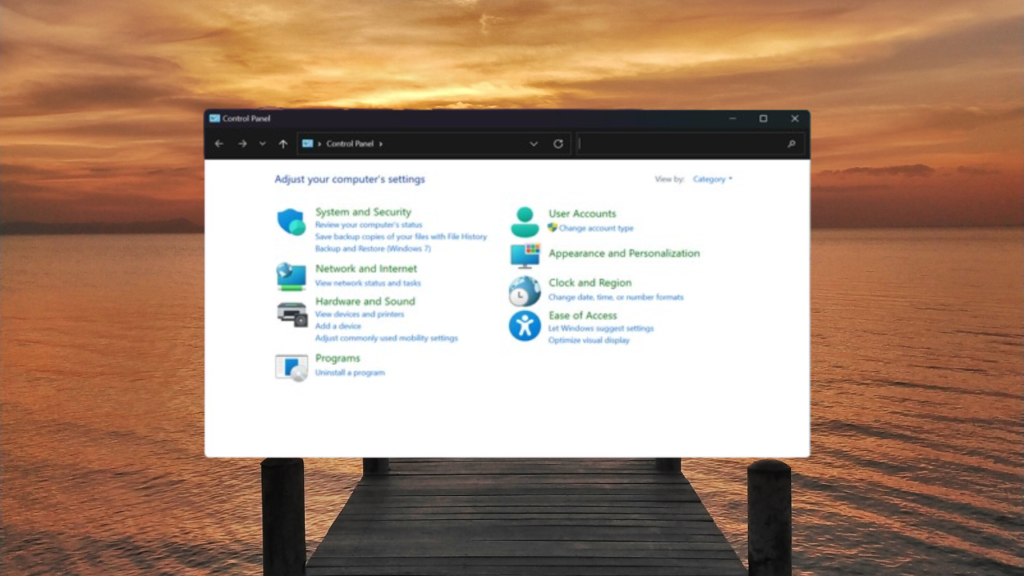It appears that the Control Panel, a staple of the Windows operating system since 1985, may finally be nearing its retirement as Microsoft shifts its focus towards the Settings app. This gradual migration, which began with the introduction of the Settings app alongside Windows 8 in 2012, seems to be reaching its conclusion, marking the End of Control Panel as a central feature, albeit at a slower pace than some may have anticipated.
The Control Panel has been on the proverbial chopping block for years. However, despite numerous predictions of its demise, it has managed to survive—continuing to serve users even as many of its functions were gradually transferred to the newer, more modern Settings app. The End of Control Panel seems inevitable now, as Microsoft continues to push its users towards the updated interface.
The Control Panel’s enduring presence can be attributed to its compatibility with legacy systems, a factor that Microsoft has struggled to fully address over the past 12 years. Even as the company has progressively stripped the Control Panel of its utility, it remains accessible for those who rely on its still-functioning features, but the End of Control Panel is clearly drawing nearer.
Interestingly, Microsoft has never made an official declaration about the Control Panel’s eventual disappearance. The closest indication came in 2015 when a senior official hinted via a tweet reported by Neowin that “Settings will eventually supersede Control Panel.” This was further supported by a recent update on a Microsoft support page, where it was noted that the Control Panel would be “deprecated in favor of the settings of the Settings app, which offers a more modern and streamlined experience.”
The support page also subtly encouraged users to transition to the Settings app, stating that while the Control Panel is still available for compatibility reasons, users should prefer the newer app “whenever possible,” signaling the imminent End of Control Panel.
The End of an Era?
As Microsoft continues to modernize Windows, making it more streamlined and user-friendly, particularly for touchscreen devices, the role of the Settings app becomes increasingly prominent. Despite Microsoft’s shift away from a touchscreen-first strategy, the Settings app has remained a core component of the operating system, slowly usurping the Control Panel’s role.
Although there is no official timeline for the complete phase-out of the Control Panel, its slow decline seems inevitable. The nearly four-decade-old feature may still be with us today, but not for long it seems.
Despite speculation and subtle hints, Microsoft has remained tight-lipped about when, or if, the Control Panel will finally be retired. When approached for comment, a Microsoft spokesperson confirmed the information on the support page but declined to provide further details on the timeline for the Control Panel’s complete removal. The End of Control Panel seems certain, but the exact timing remains uncertain.




















